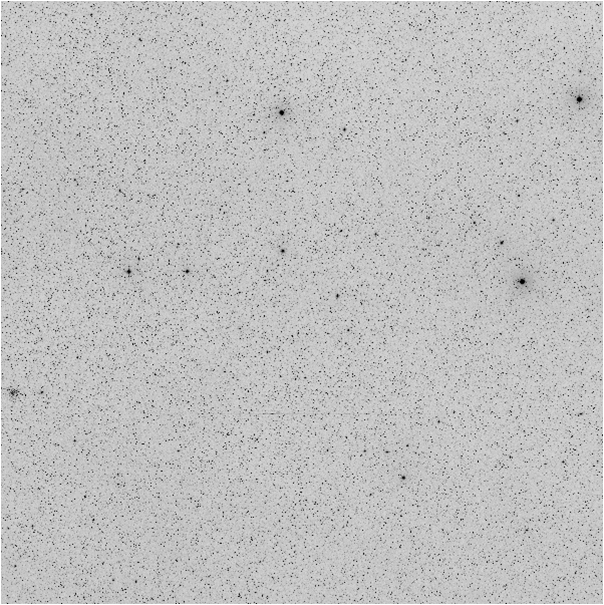Centre of digitization of photographic plates
and reduction of old observations
NAROO (New Astrometric Reduction of Old Observations)
Astrometry
Interest for old observations
Old observations are interesting for modelling transient events or
periodic behavior (observable
through astrometry for
dynamics or through
photometry for
variable objects.
Astrometry
The first goal of the NAROO project is to make a new astrometric reduction of old observations (especially photographic plates) using the new Gaia reference star catalogue. The figure below shows the accuracy of the proper motions of stars in the Gaia final catalogue. The stars on the plates made one century ago will hace an astrometric accuracy of one mas (depending on the magnitude (G): however, most of the stars observed one century ago are sufficiently bright).

Asteroids and comets
The new astrometric reduction will be fruitful with asteroids and comets observations the accuracy of which being very poor one century ago. This is not the case with planetary systems which were observed with long focus instruments. We will see in the page on planetology which systems are interesting to re-reduce.
The main topics for asteroids and comets are:
- Schmidt plates contain lots
of unknown objects detectable thanks
to Gaia catalogue
- Old plates will allow pre-discoveries
of TNO, comets and NEA/NEO
- A long time interval of observation
of such objects will allow to quantify
non-gravitational effects.

A Schmidt plate contains thousands objects, among them unknown solar system objects.
The Gaia catalogue associated to a digitization and a new reduction will help us to make pre-discoveries of many objects.
The instruments used for astrometric plates:



Carte du ciel refractor (Paris) Long focus refractor (Washington DC) Schmidt telescope (OCA)
Back to the home page
Last update: April 16, 2017
Contact: naroo (at) imcce.fr





